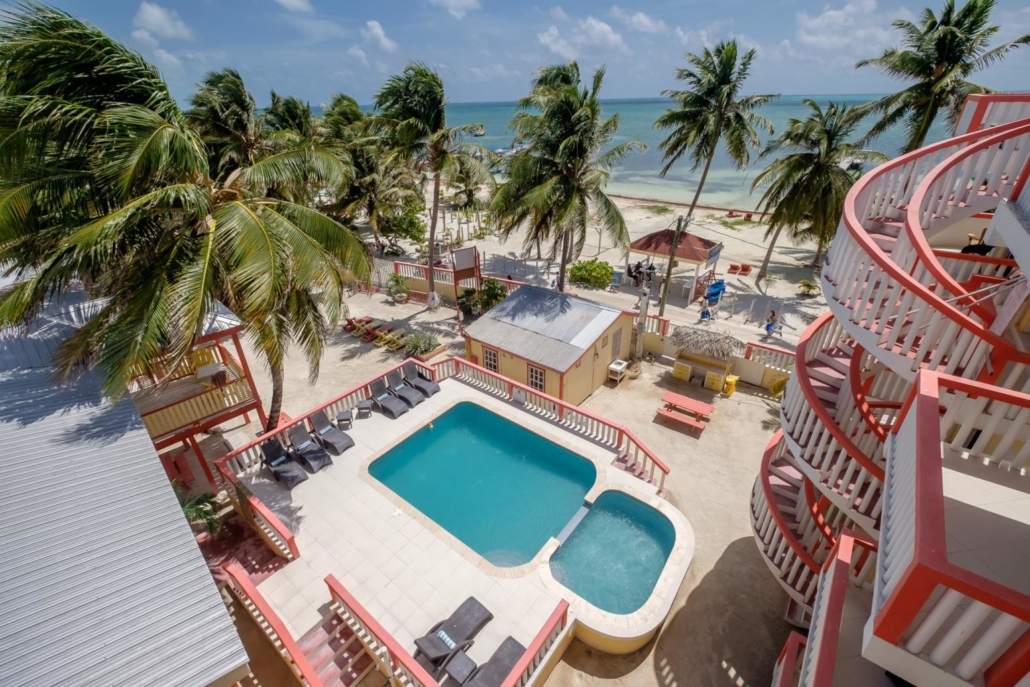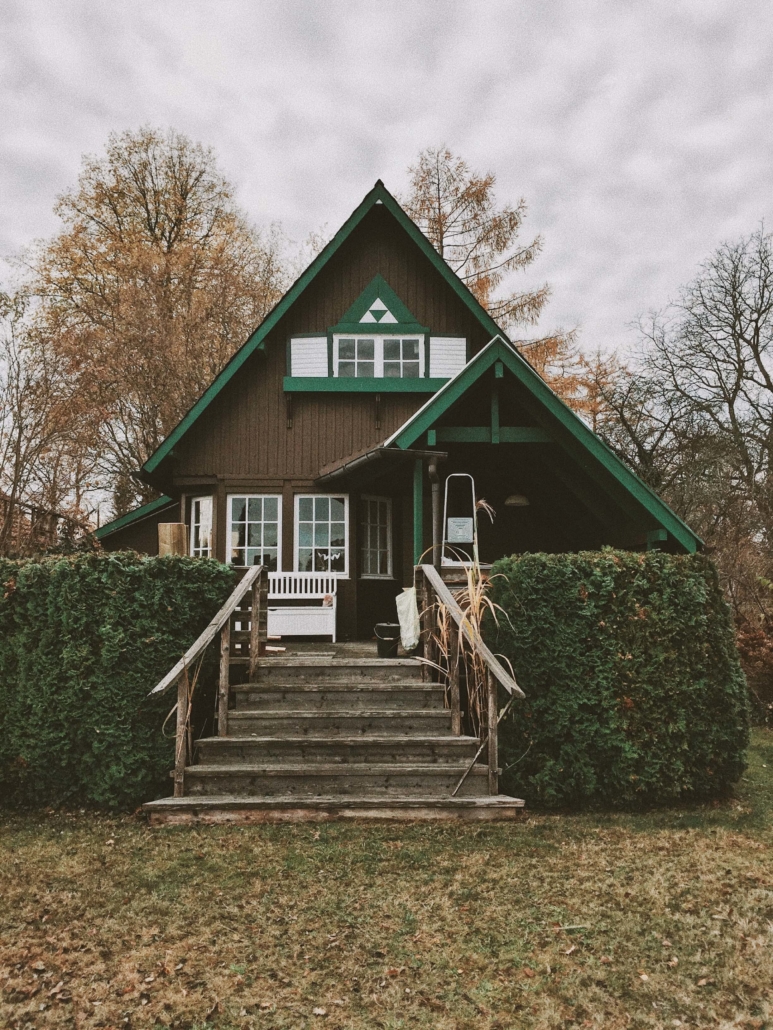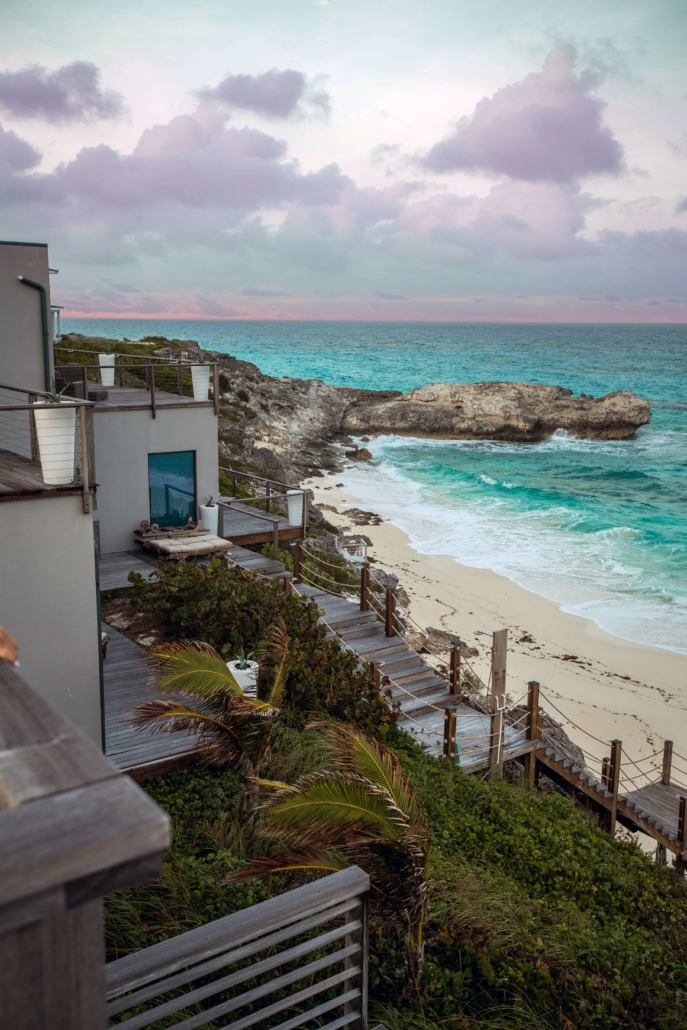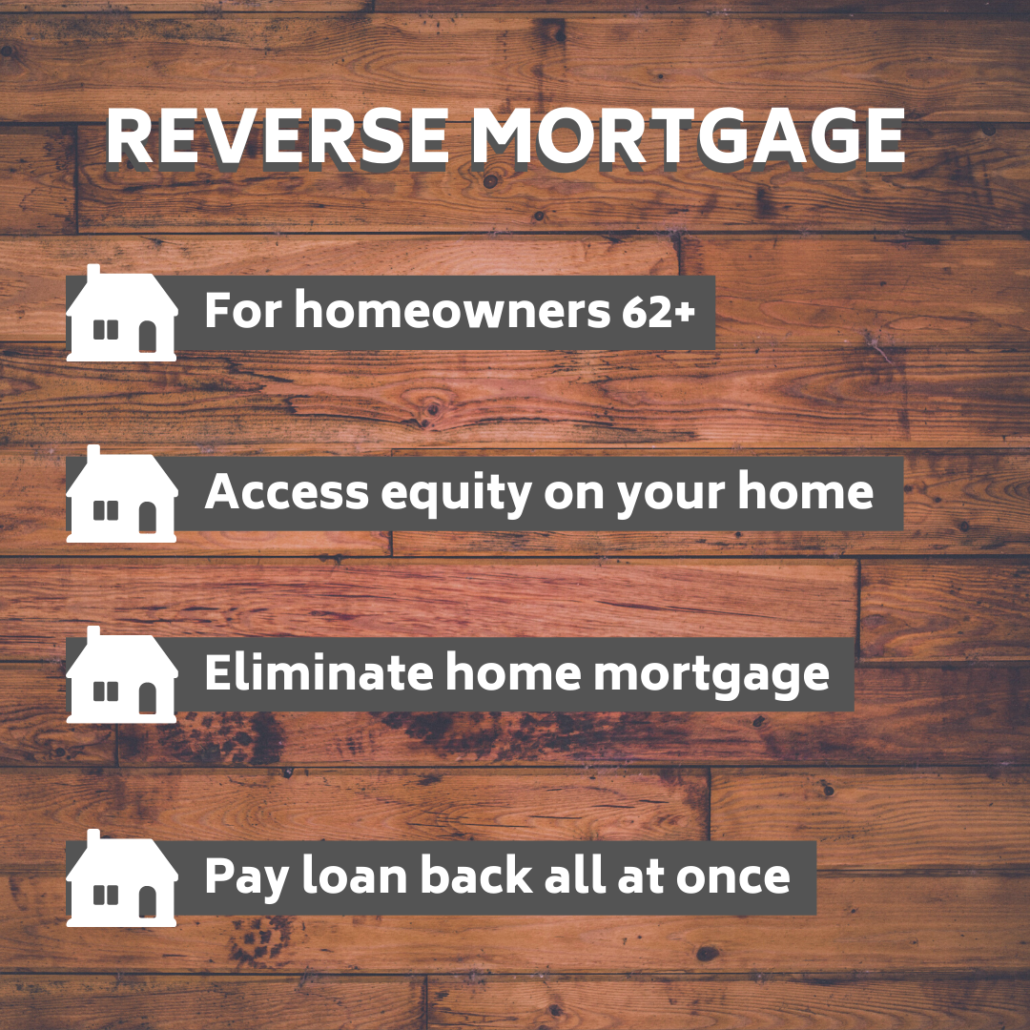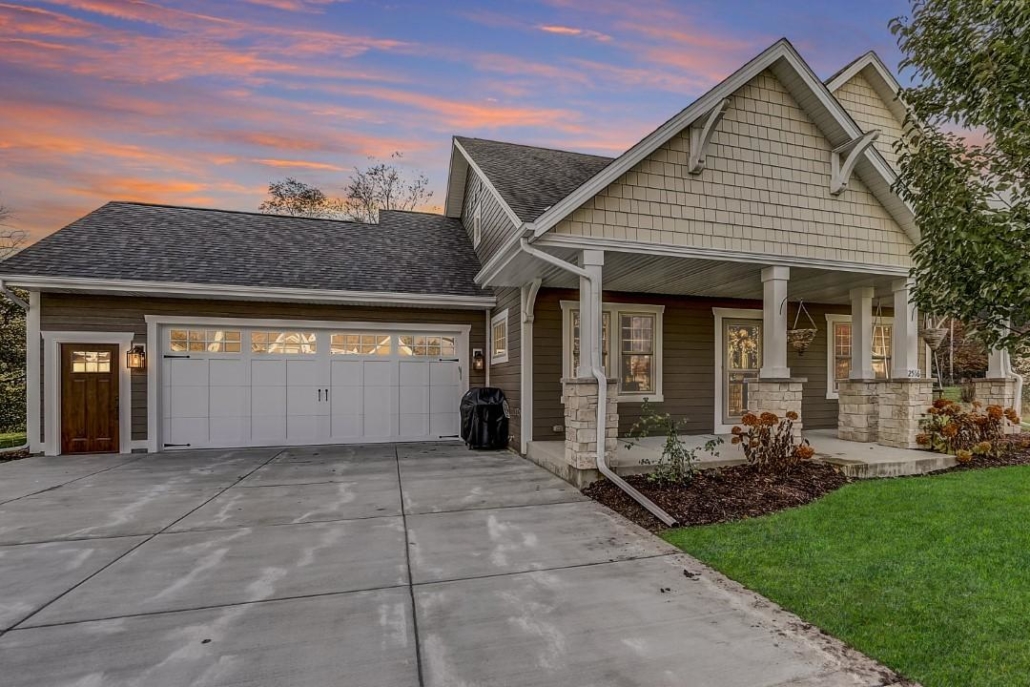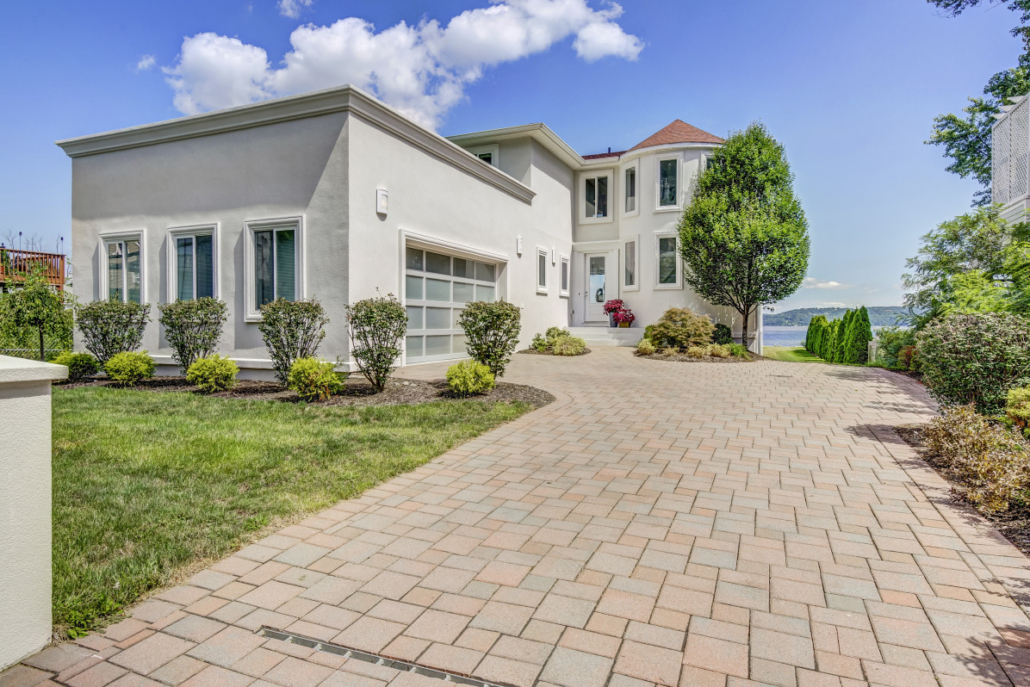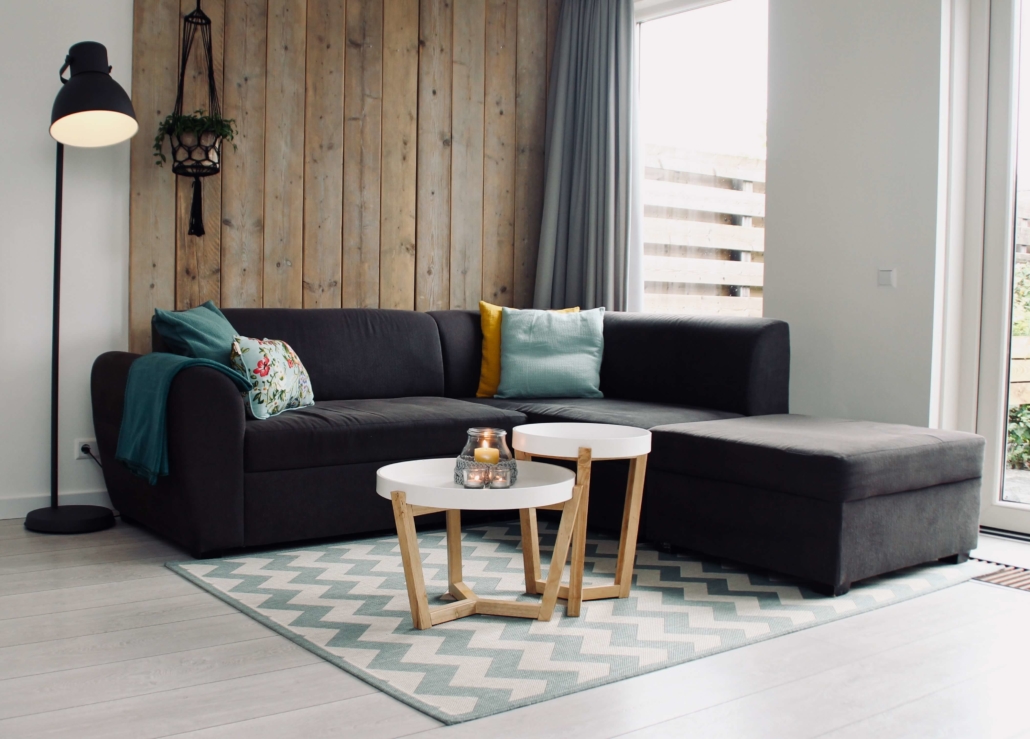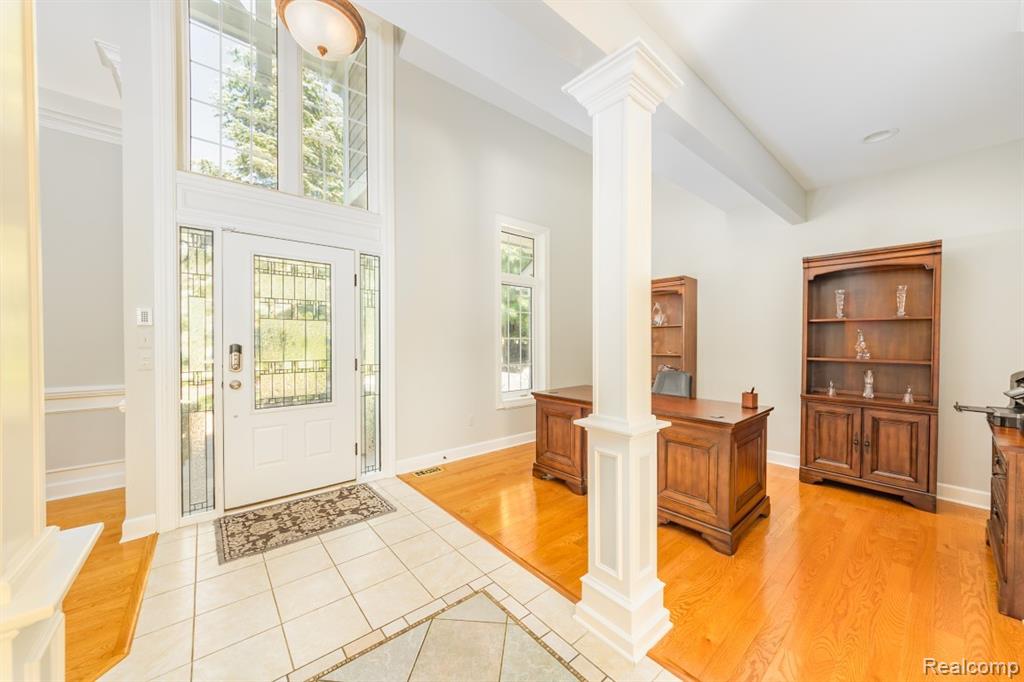How to Buy a House: A Beginner’s Guide
Congratulations! You’re pretty sure you’re ready to buy a house. You’ve done some research and you’ve been scoping out houses available in your area online. Great! So what comes next?
Buying a home is a REALLY big step — probably the biggest financial move you’ll make — and it can come with a lot of anxiety and questions. Luckily, here at RealtyHive, this is something we do Every. Single. Day. Here’s a REALLY simplified version of the home buying process in a perfect, simplea(and often typical) transaction.

1) Get Pre-Approved
Before you even think about talking to an agent, you’ll want to talk to a few mortgage lenders about what you’re looking for and what you can afford. It’s a good idea to talk to at least three different lenders: one from a bank, one from a credit union, and one from a mortgage lending institute. This is one of the biggest steps in the process so it’s a good idea to have a little background before you set these meetings up. Check out Home Loans 101 to learn everything you were never taught about home loans in school.
2) Find an Agent
There’s often a debate on whether or not you need to use an agent when selling a home, but when it comes to buying, the answer is clear. You need to use an agent. Among the other benefits (Check out this article on why you need a Buyer’s agent), you won’t pay anything for their services and they’ll guide you along during the process.
BONUS: RealtyHive has a new program called Cashifyd that pairs you with a local agent who will show you homes, give you advice, and give you a cash back credit on your closing costs (saving you money)!
3) Find Contender Properties
Your agent will likely set you up with a listing cart from their MLS (an agent-only portal that shows the info on all available properties in your area). You’ll be able to set filters like number of bedrooms, bathrooms, size, location, and others to narrow down your selections. If you’re interested in possibly seeing “For Sale by Owner” properties, it’s a good idea to keep an eye out for those as they won’t show in your listing cart. When you find a property you want to see, tell your agent and they’ll set up a showing for you.

4) Visit Properties & Fall in Love
Depending where you live and where you’re looking to buy, the market could have a plethora of properties that meet your criteria or you may be looking for awhile. If you find “the one” right away, great!, but don’t feel obligated to write an offer on a home you’re not completely sure of just because you’ve been looking for awhile. It’s important to remember that things like landscaping and paint colors can be changed easily, but major repairs and permanent features (like location) are deciding factors.
5) Make Your Offer
Again, depending where you are and what you’re looking at, you might be the only offer the property receives or you may be one of several offers. This is where having an agent is vital. They can help you make a compelling offer and make sure you include the things that are important to you (like having inspections). You’ll sit down with them and complete the multi-page offer that covers everything from purchase price (including earnest money) to contingencies to timelines.

5) Offer is Accepted
In the best case scenario, your offer is accepted outright. It could also be rejected or the sellers could counter your offer to try to get a more amicable deal. Assuming the offer is accepted, you are now one (major!) step closer to being a homeowner.
6) Get Your Checkbook Ready
From this point on, things move pretty quickly. First you’ll need to submit your earnest money. This is a like a downpayment to the seller that says “I’m serious enough to put this down” Your earnest money will come back to you as a credit on the closing statement or refunded to you if the deal falls apart due to contingencies outlined in your offer, but be aware that you could lose your earnest money if you back out of the deal for no good reason.

7) Get on the Phone
While you’re basking in the excitement of your accepted offer, there’s a few things you need to accomplish. First, you’ll need to talk to your insurance agent. You need to prove that the home is insurable and they can get the paperwork rolling on that. They’ll need to provide this to your mortgage lender and you’ll have to pay one year of homeowners insurance before closing. The next thing you’ll (most likely) need to do is schedule inspections. Depending on what type of inspections your wrote into your offer, you could be looking at scheduling a few different inspection ranging from a general home inspection to a well and septic test to a radon test. You’ll want these to be scheduled as quickly as possible so that you don’t miss any of the following deadlines (which could cause the deal to fall apart). You’ll also let you lender know that you found a home and have an accepted offer, but be sure to tell them to NOT schedule the appraisal if you’re waiting on inspections. Also during this time a floodplain check will be done by the lender. This is to ensure that the home is not in a floodplain area and you can often get out of your offer if you do not like the results of this check.
8) Have the Lender Schedule Appraisal
If you’ve got your inspections done and you’re still wanting to proceed with the purchase, it’s time to let your lender know to schedule the appraisal. This inspection is a little different than the inspections you just had done. You can learn more about appraisals in Appraisal, Assessments, and Inspections.
9) Money, Money, Money
When the property appraisal comes back at or above the purchase price, it’s loan commitment time. There’s nothing you need to do here, but you should be aware that this is going on. Shortly after this, your lender will let you know exactly how much money you need to bring to closing. Be aware that there are costs outside of whatever you offered on the property that you will be responsible for. These can include tax escrow, title fees, appraisal fees, and more.
10) Final Walk Through
A day or a few days before closing, you’ll get your chance for a final walkthrough. This is your last chance to make sure everything is in (roughly) the same condition as when you put in your offer. Keep in mind that minor wear and tear can happen and that if you’re planning on getting out of your offer at this time, you should have a really good reason or you’ll almost certainly be forfeiting your earnest money.

11) Closing Time
On closing day, you’ll meet with your agent, your lender and the representative of the title company to sign papers. You’ll give them the closing cost money (your lender will provide the mortgaged amount) and sign many papers. After that you’ll get the keys.
Congratulations, you are now a homeowner!
Simple, right?! Let us know of any questions you have in the comments section below or check out some of the amazing properties for sale now on RealtyHive!



